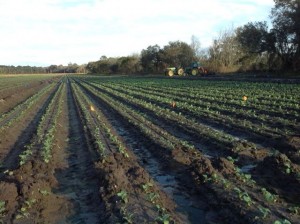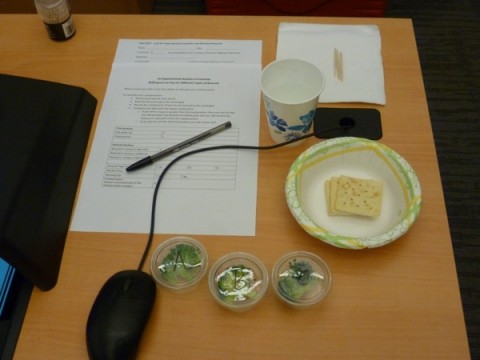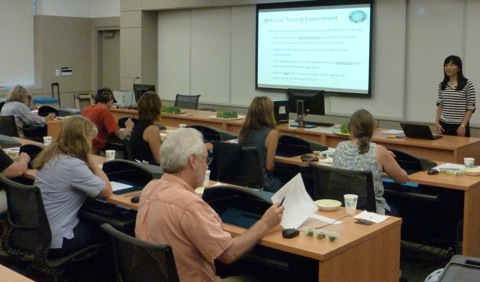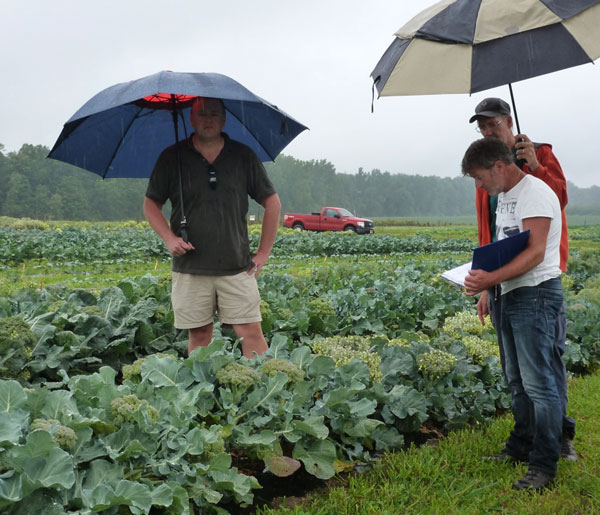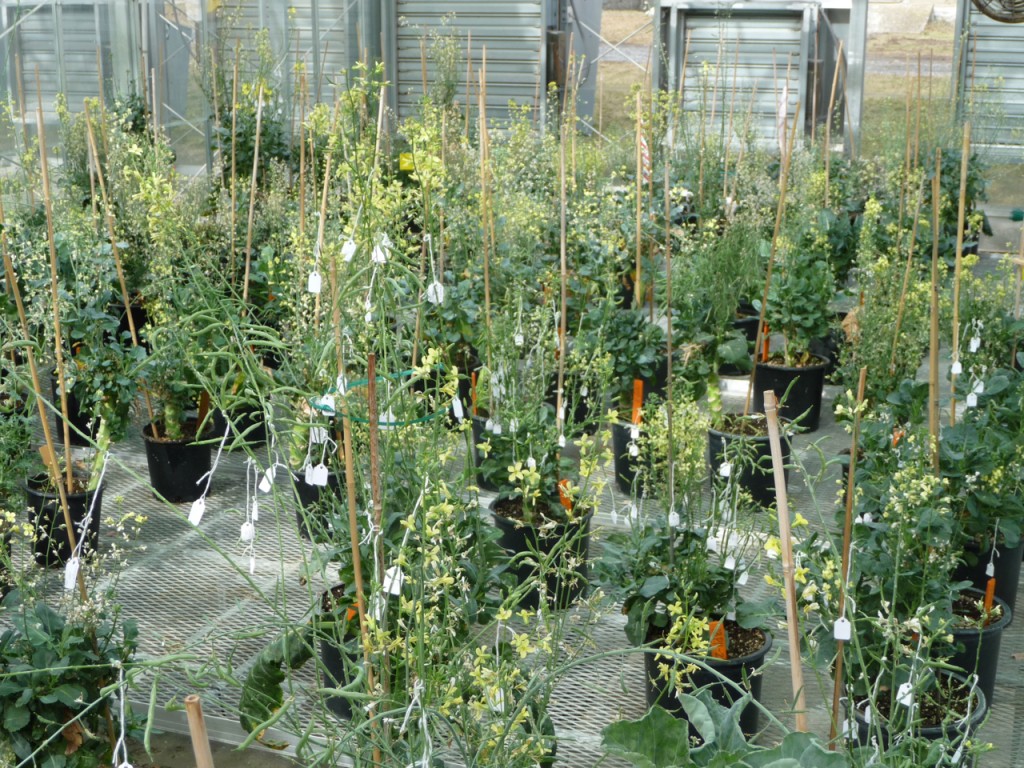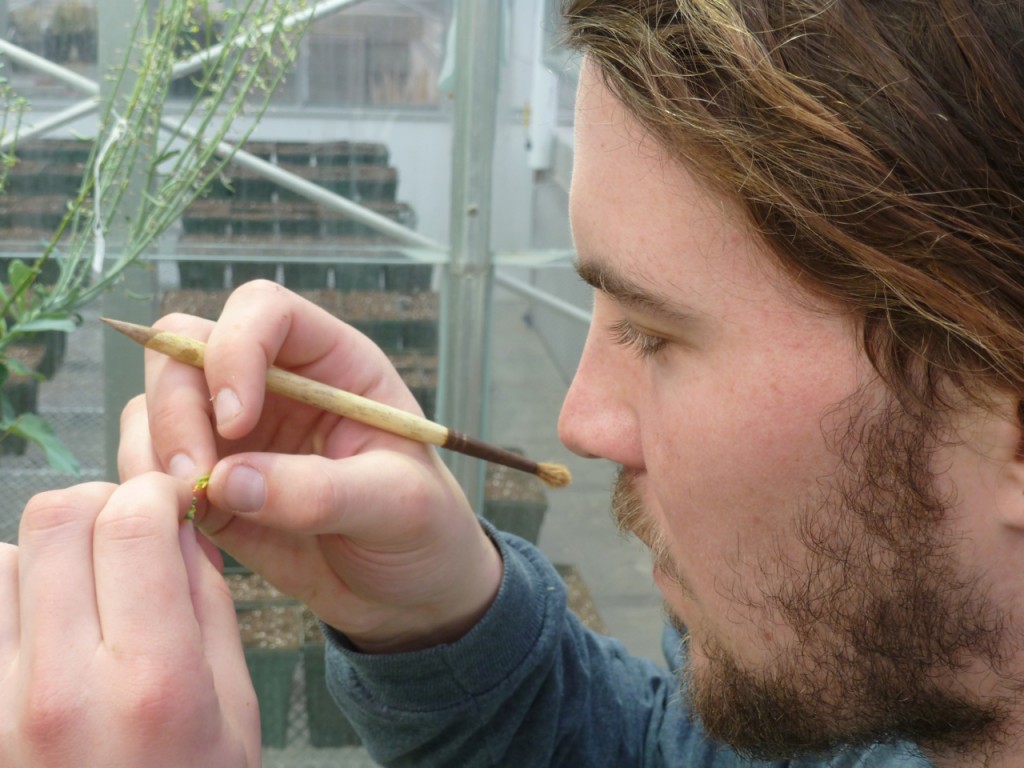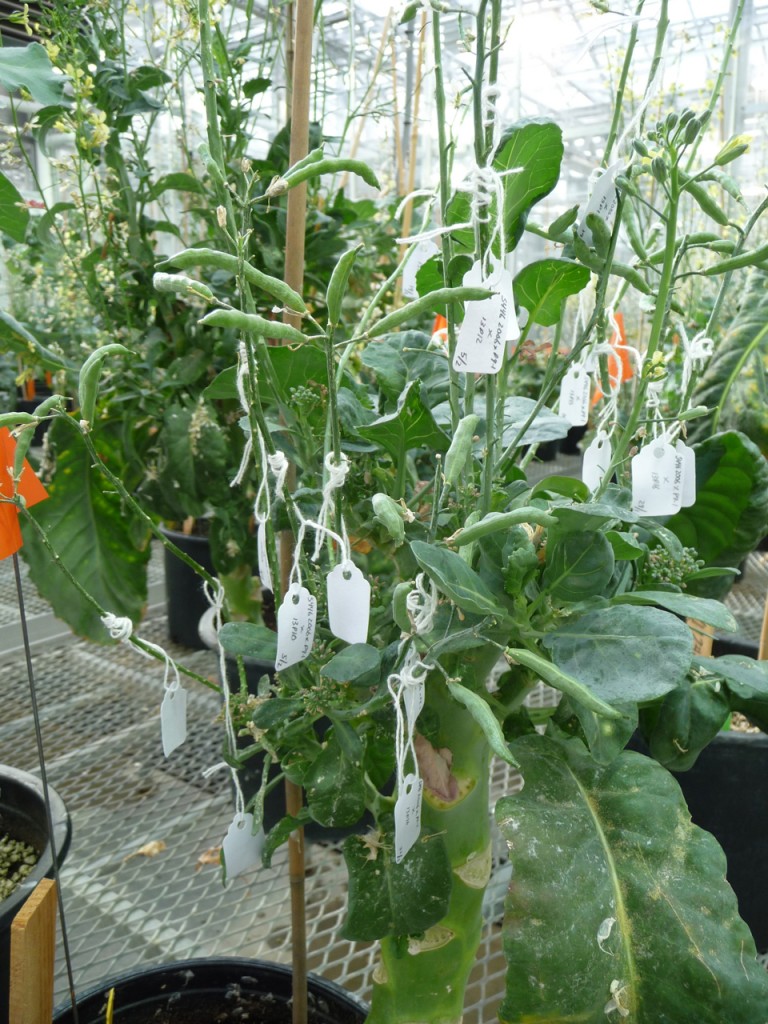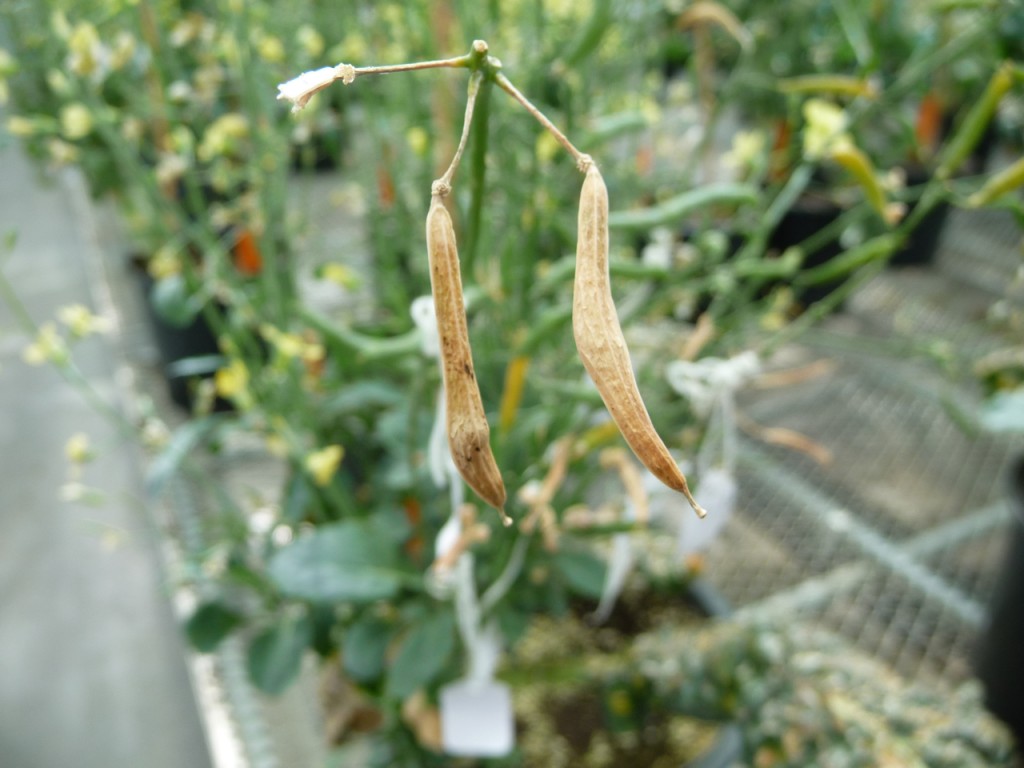Dr. Monica Ozores-Hampton and Dr. Lincoln Zotarelli supervise broccoli plantings at new trial locations in Immokalee and Hastings, Florida. These large-scale trials feature an industry standard broccoli variety and two newer commercial hybrids that have displayed superior quality under stressful growing conditions in advanced screening trials. Broccoli varieties will be evaluated based on production-relevant criteria such as yield, number of cuts to harvest, and field holding time. The Hastings trial was direct-seeded in December 2013, while broccoli in the Immokalee trial was transplanted in mid-January 2014. Harvest and evaluation are expected in late winter/early spring 2014. With the addition of the Immokalee and Hastings sites, the Eastern Broccoli project now has trials running in at least one eastern location during every season of the year.
